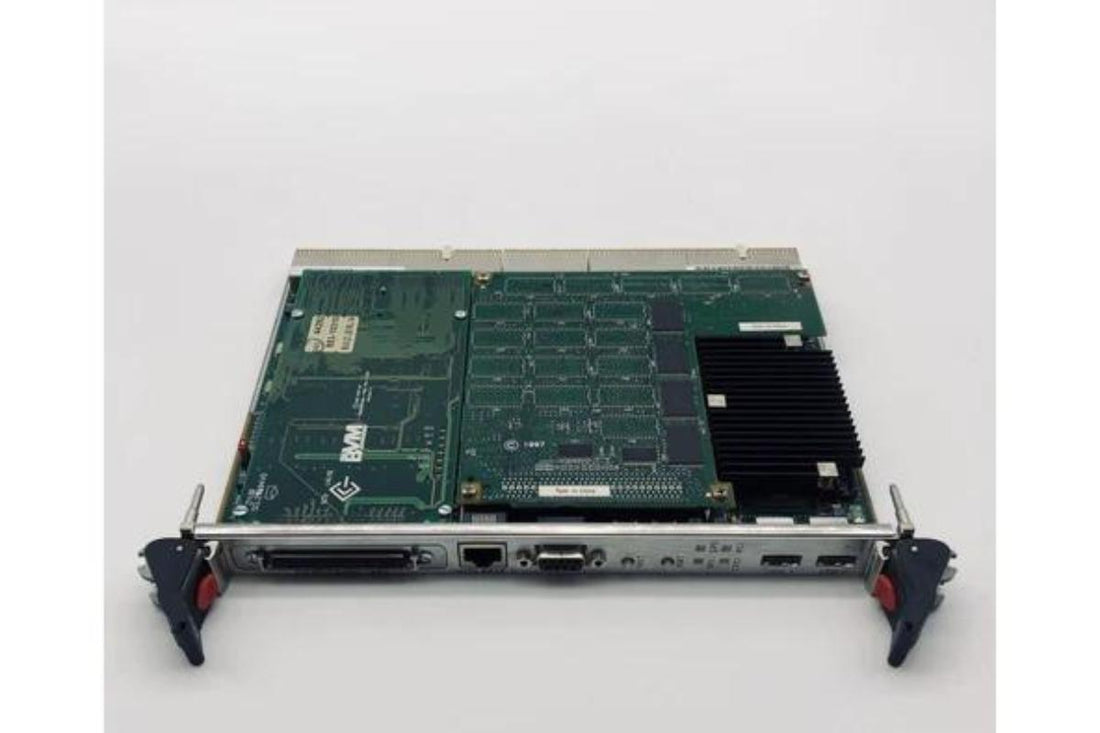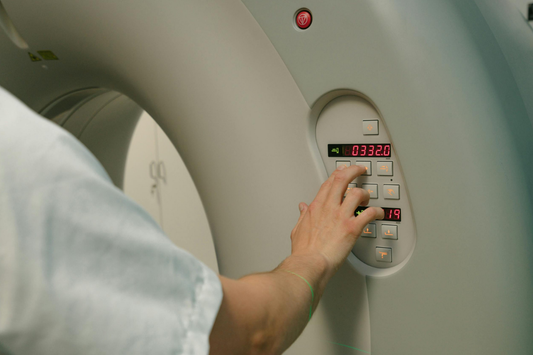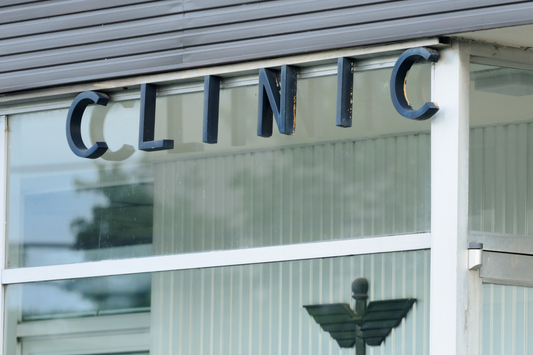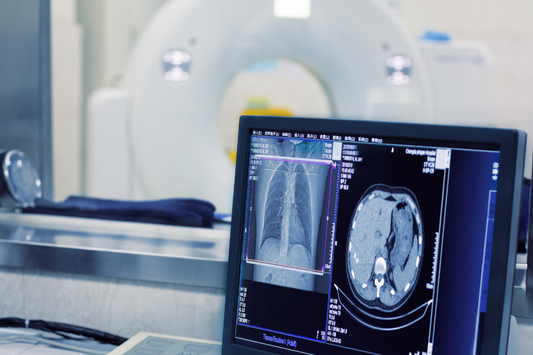
Single-Board Computers: The Unsung Heroes of High-Resolution CT Scanning
Share
Single-board computers (SBCs) may not be as well-known as their larger counterparts, but they play a crucial role in many modern technologies. These compact devices are the unsung heroes behind high-resolution CT scanning, enabling detailed and accurate imaging of internal structures for medical diagnosis and treatment.
At its core, a single-board computer (SBC) is a complete computer system built on a single circuit board. This includes all the necessary components, such as a processor, memory, storage, and input/output interfaces. What makes 2339314 SBCs unique is their small size and low cost, making them ideal for applications with limited space and budget.
Below is information about how single-board computers help CT scanners produce high-resolution images.
Advanced Image Processing Algorithms
Single-board computers are the brains behind the fantastic images produced by CT scanners. They take on the role of executing complex image processing algorithms, which are like a set of instructions that tell the machine how to create clear and detailed pictures.
These algorithms include:
- Deconvolution Algorithms: These unique algorithms help to reduce the blur in an image. In a CT scan, this means they can help make the edges of organs or other internal structures look sharper and brighter.
- Reconstruction Algorithms: These algorithms take the raw data from the scanner and transform it into a 2D or 3D image. Doctors can see a 3D image of your body from the CT scan.
- Filtering Algorithms: These algorithms help eliminate unwanted noise in the images. Noise can make the image look grainy or fuzzy, so it's important to filter it out for a clear view.
These algorithms work together to produce high-resolution images crucial for accurate medical diagnosis and treatment.
Real-Time Image Reconstruction
Single-board computers in CT scanners work fast to create pictures from the scanner's data. This speedy process lets doctors see the images right away. Quick access to these images aids doctors in making swift and accurate decisions about a patient's health. This real-time image reconstruction reduces the time patients spend in CT scanners and helps medical staff prioritize urgent cases.
Reducing Hardware Footprint
Single-board computers are small, but they are very effective! Due to their small size, they help make CT scanners more compact and easier to handle. This reduction in hardware footprint means that CT scanners take up less space in medical facilities, making installing and maneuvering them easier.
This also allows for more flexibility in equipment placement, as the smaller size of SBCs frees up valuable space for other important machinery. Additionally, the smaller size of CT scanners with SBCs makes them more portable, allowing for easier transport to different locations in case of emergencies or patient transfers.
Lowering Costs
Using single-board computers in CT scanners has also helped lower costs for medical facilities. SBCs are typically less expensive than traditional computer systems, allowing for overall cost savings in producing and maintaining CT scanners. These savings can then be passed on to patients through more affordable medical services.
Check Out Our 2339314 Single-Board Computer!
If you want to boost the CT scanner image quality, it's time to invest in our 2339314 single-board computer. Our company can provide you with a great deal on the parts you need for your CT/PET scanner!



